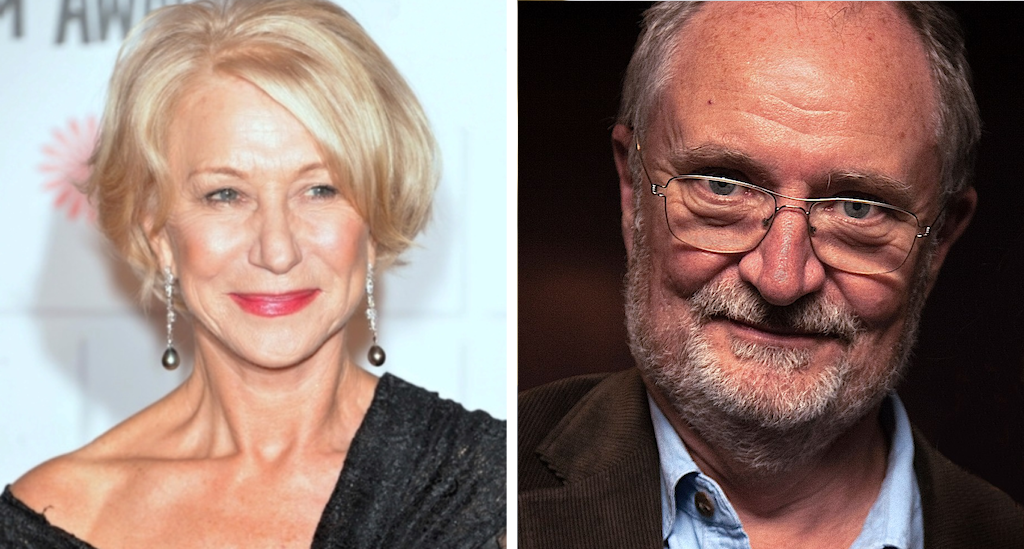
In the summer of 1961, a man snuck into the National Gallery in London through an open window in the men’s bathroom and snatched Francisco Goya’s Portrait of the Duke of Wellington from its easel display. He then slipped back out the window, committing the first-ever theft from the museum, a heist that captivated England for years.
Now, the story is being dramatized in the upcoming film The Duke, directed by Roger Michell and starring Oscar winners Helen Mirren and Jim Broadbent. The film, which is set to begin shooting in January, will follow the life story of the man who was eventually revealed as the thief.
The painting, which had only been on view for 19 days when it was boosted, made headlines when it was acquired because a New York businessman had attempted to buy the work at auction, but ultimately allowed the London museum to keep it and prevent the “national treasure” from being exported to America.
After the heist, newspapers received an increasingly bizarre series of letters, supposedly written by the thief. They claimed that the theft was “an attempt to pick the pockets of those who love art more than charity… the picture is not and will not be for sale, it is for ransom,” priced at £140,000.
Another letter claimed that the thief’s “sole object” was to set up a charity so that elderly and poor people, who are “neglected in an affluent society,” wouldn’t have to pay for television licenses.
Scotland Yard detectives searching the men’s bathroom that allowed the thief entry. Photo by Keystone/Hulton Archive/Getty Images.
The mystery continued for years, until a final letter announced that “Goya’s Wellington is safe” and that the whole thing had been “an adventurous prank” that had gone too far. The thief was now ready to “return the damn thing.”
A luggage tag was sent to a local newspaper, leading to the painting, which was found safe and sound in a locker. A former taxi driver named Kempton Bunton turned himself in to the authorities. Bunton was eventually cleared of all but one charge and the incident helped lead to the creation of the Theft Act of 1968, which made it a crime to steal publicly displayed objects.
In an even stranger twist, unsealed police documents made public in 2012 revealed that the actual burglar was Bunton’s son, John, who was 20 years old at the time and had carried out his father’s plan.
The upcoming film isn’t the first time the Duke’s strange history has been projected onto the big screen. In 1962, when the painting was still missing, the first film in the James Bond saga, Dr. No, featured the portrait on display in a villain’s lair. The crime saga was also dramatized in the 2016 book The Duke of Wellington, Kidnapped!: The Incredible True Story of the Art Heist That Shocked a Nation.